
Contents
Contents ........................................................................................................................................... 2
Our Company Profile ......................................................................................................................... 3
Our Company ................................................................................................................................ 3
Our People ..................................................................................................................................... 3
What We Do ................................................................................................................................... 3
Our Clients .................................................................................................................................... 3
The Objectives of the Review ............................................................................................................ 3
Our Approach to the Review .............................................................................................................. 5
Scope of Consultations...................................................................................................................... 6
Element 1 of the Terms of Reference ................................................................................................ 7
Current State Assessment of the Psychosocial Hazards setting within NCI. ....................................... 8
Summary of observations in relation to the Work Health & Safety Risk Assessment. ....................... 13
Element 2 of the Terms of Reference .............................................................................................. 14
Key Cultural Issues .......................................................................................................................... 17
Key Findings and Recommendations ............................................................................................... 22
Other Observations from the Review ............................................................................................... 23
Appendix 1– Terms of Reference ................................................................................................. 27
2
DRAFT REPORT
Our Company Profile
Our Company
HBA is a Canberra based consultancy that has operated for over twenty-six years and
specialises in the provision of professional advice and assistance on Human Resource
Management, Organisational Design and Industrial Relations matters. HBA operates
across a range of clients in both the public and private sectors.
Our People
HBA consultants have extensive, practical experience in HR, Organisational Review and
Design and Industrial Relations and Change Management, gained through their current
and former roles as HR and Industrial Relations consultants and senior management
representatives. Our consultants collectively have decades of high-end experience in
public and private sector employment matters and have a detailed knowledge of the
historical and emerging employment frameworks across a range of industry sectors.
What We Do
We are engaged widely (by over 70 Commonwealth/ACTPS/State Government agencies
and a number of private sector organisations) in all aspects of human resource
management, organisational design, industrial relations, change management and
workplace conciliation and mediation advice and support, ranging from strategic
people planning, the review of current HR policy frameworks and policy
documentation, drafting work place agreements and related documentation, the
consultation processes with staff and their representatives, disputation and mediation
and in the implementation of workable employment arrangements.
Our Clients
HBA has steadily built its client base over the years to the point where we are one of
the leading providers of human resource management and industrial relations services
to Government, not for profit and private sector organisations.
The Objectives of the Review
HBA Consulting (HBA) was engaged by the Australian National University (ANU) to undertake
a cultural and organizational review of the National Computational Infrastructure (NCI),
which is a part of the University’s Canberra campus.
Key Extracts – Terms of Reference1
s47E - Public Interest Conditional Exemptions - Certain Operations of Agencies
1 Full Terms of Reference are located at Appendix 1 of this report.
3
DRAFT REPORT
s47E - Public Interest Conditional Exemptions - Certain Operations of Agencies
Objective
The independent Investigation Officer will need to review relevant information, undertake
fact finding actions and conduct interviews with relevant University staff and ex- staff
members to determine whether any staff member involved in these incidents has engaged
in (or been subject to) serious misconduct in his or her employment with the University or
breached any Universities policies or conditions of employment.
s47E - Public Interest Conditional Exemptions - Certain Operations of Agencies
A copy of the final report will be submitted to the Chief People Officer, Ms. Kate Witenden.
The review is confidential and all parties are expected to maintain confidentiality
throughout the process.
4
DRAFT REPORT
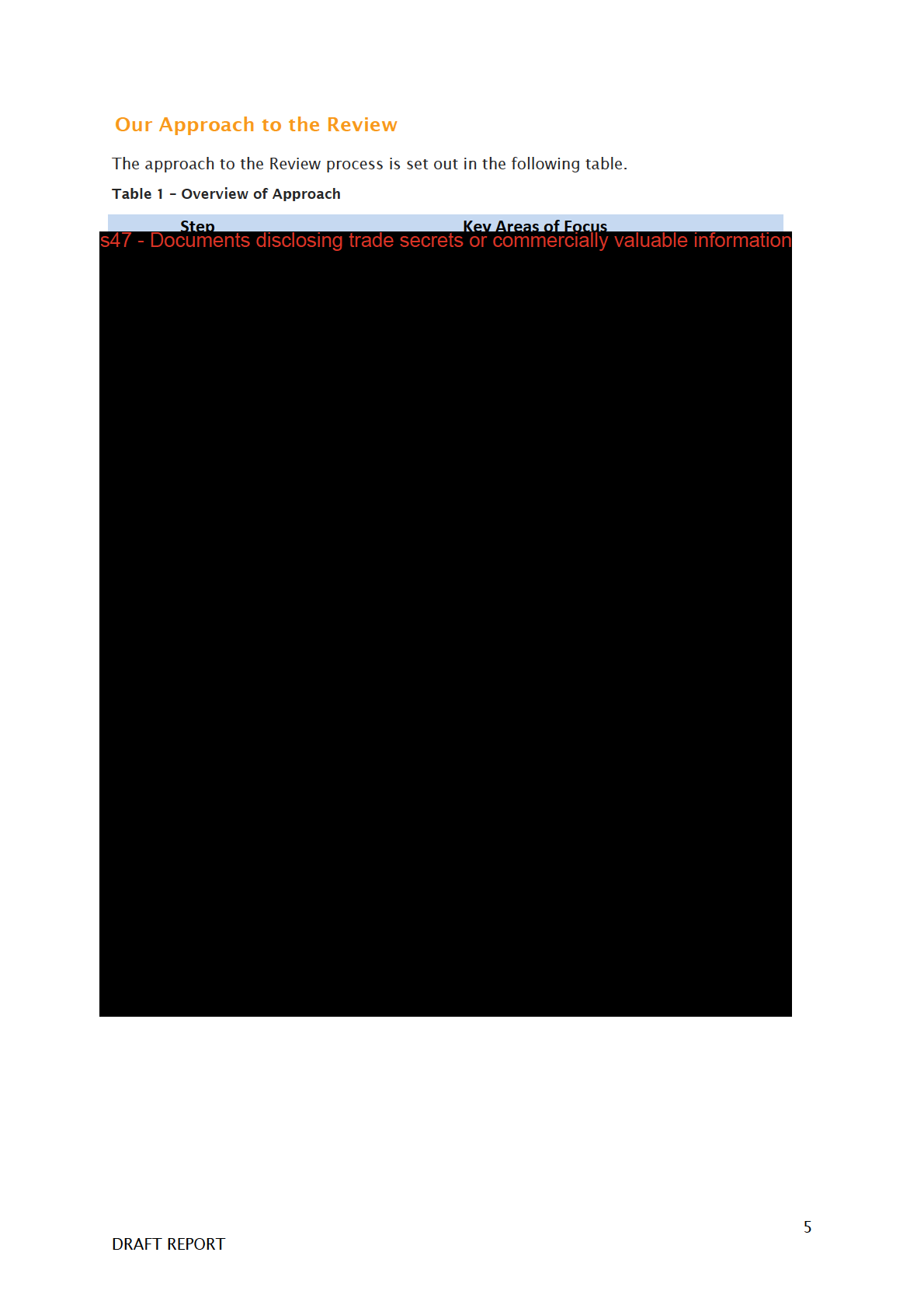
Scope of Consultations
The following is a list of all of the former & current employees that were
interviewed as part of this review process.
Seventeen names were initially supplied to the investigator by the ANU. This
was expanded by the investigator based on information and suggestions
made to them by those involved in the consultative process.
s47E - Public Interest Conditional Exemptions - Certain Operations of Agencies
6
DRAFT REPORT
Element 1 of the Terms of Reference
The following is an extract from the Terms of Reference for this Review.
“The first issue relates to a Work Health and Safety Risk Assessment that was received by the
Work Environment Group on the 17 January 2023
(Attachment A), which identified a
number of serious psychosocial hazards that had been identified within the work group.
This was completed in response to a staff survey conducted in April 2022
(Attachment B), with
61.9% of survey respondents stating they had experienced workplace conflict, and
43% of respondents stated they had experienced bullying, aggression, harassment
and/or discrimination.”
In order to provide context to this Section of the report, the following information is
included to set the baseline against which the assessments of the investigator can be made.
The information below is extracted from the material developed by SafeWork Australia. Safe
Work Australia is an Australian Government statutory agency established in 2009 under the
Safe Work Australia Act 2008. Their primary responsibility is to improve work health and
safety and workers’ compensation arrangements across Australia.
Definition – Psychosocial Hazards1
A psychosocial hazard is anything that could cause psychological harm (e.g., harm
someone’s mental health). Common psychosocial hazards at work include:
• job demands
• low job control
• poor support
• lack of role clarity
• poor organisational change management
• inadequate reward and recognition
• poor organisational justice
• traumatic events or material
• remote or isolated work
• poor physical environment
• violence and aggression
• bullying
• harassment, including sexual harassment, and
• conflict or poor workplace relationships and interactions
Psychosocial hazards may interact and combine
Psychosocial hazards may interact or combine to create new, changed or higher risks. It is
important to consider all the psychosocial hazards workers may be exposed to when
managing psychosocial risks.
1 https://www.safeworkaustralia.gov.au/safety-topic/managing-health-and-safety/mental-
health/psychosocial-hazards
7
DRAFT REPORT
Some hazards may not create psychosocial risks on their own but may do so if combined
with other hazards. For example, when workloads are high the risk may increase if workers
cannot take breaks or there is no one around to help. Some hazards may only create risks
on their own when severe.
Current State Assessment of the Psychosocial Hazards setting within
NCI.
s47E - Public Interest Conditional Exemptions - Certain Operations of Agencies
8
DRAFT REPORT
s47E - Public Interest Conditional Exemptions - Certain Operations of Agencies
9
DRAFT REPORT
s47E - Public Interest Conditional Exemptions - Certain Operations of Agencies
10
DRAFT REPORT
s47E - Public Interest Conditional Exemptions - Certain Operations of Agencies
11
DRAFT REPORT
s47E - Public Interest Conditional Exemptions - Certain Operations of Agencies
12
DRAFT REPORT
s47E - Public Interest Conditional Exemptions - Certain Operations of Agencies
13
DRAFT REPORT
s47E - Public Interest Conditional Exemptions - Certain Operations of Agencies
14
DRAFT REPORT
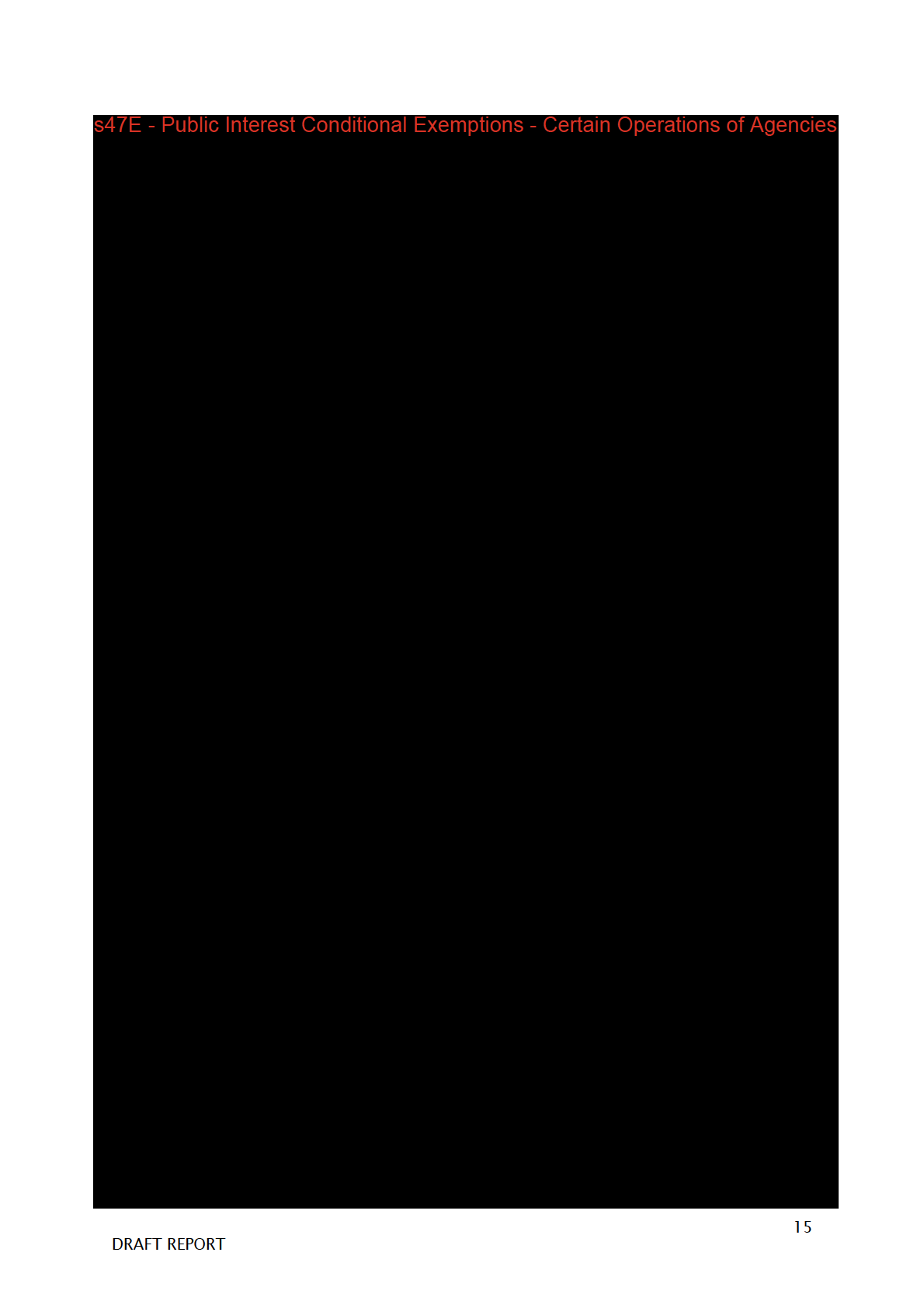
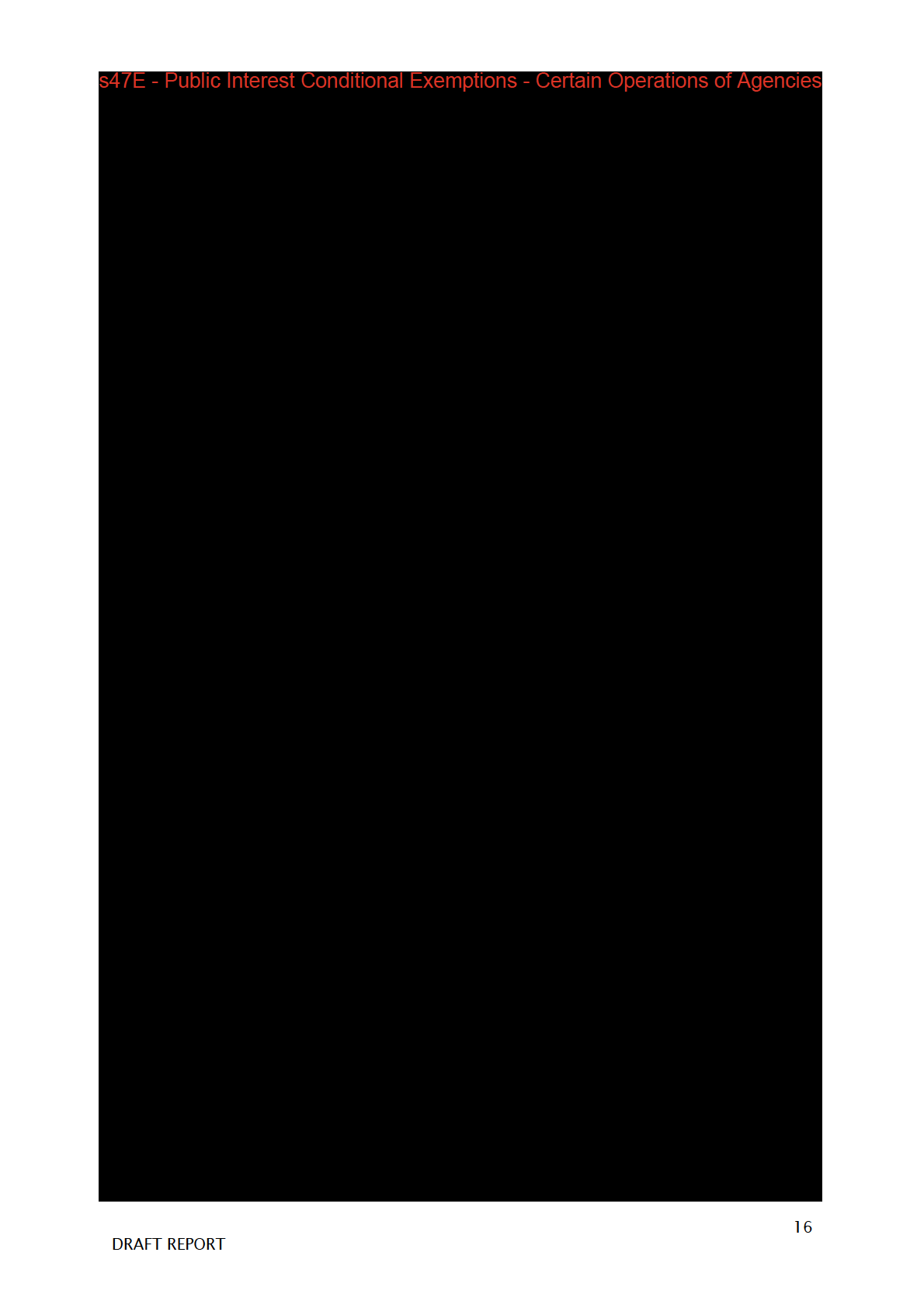
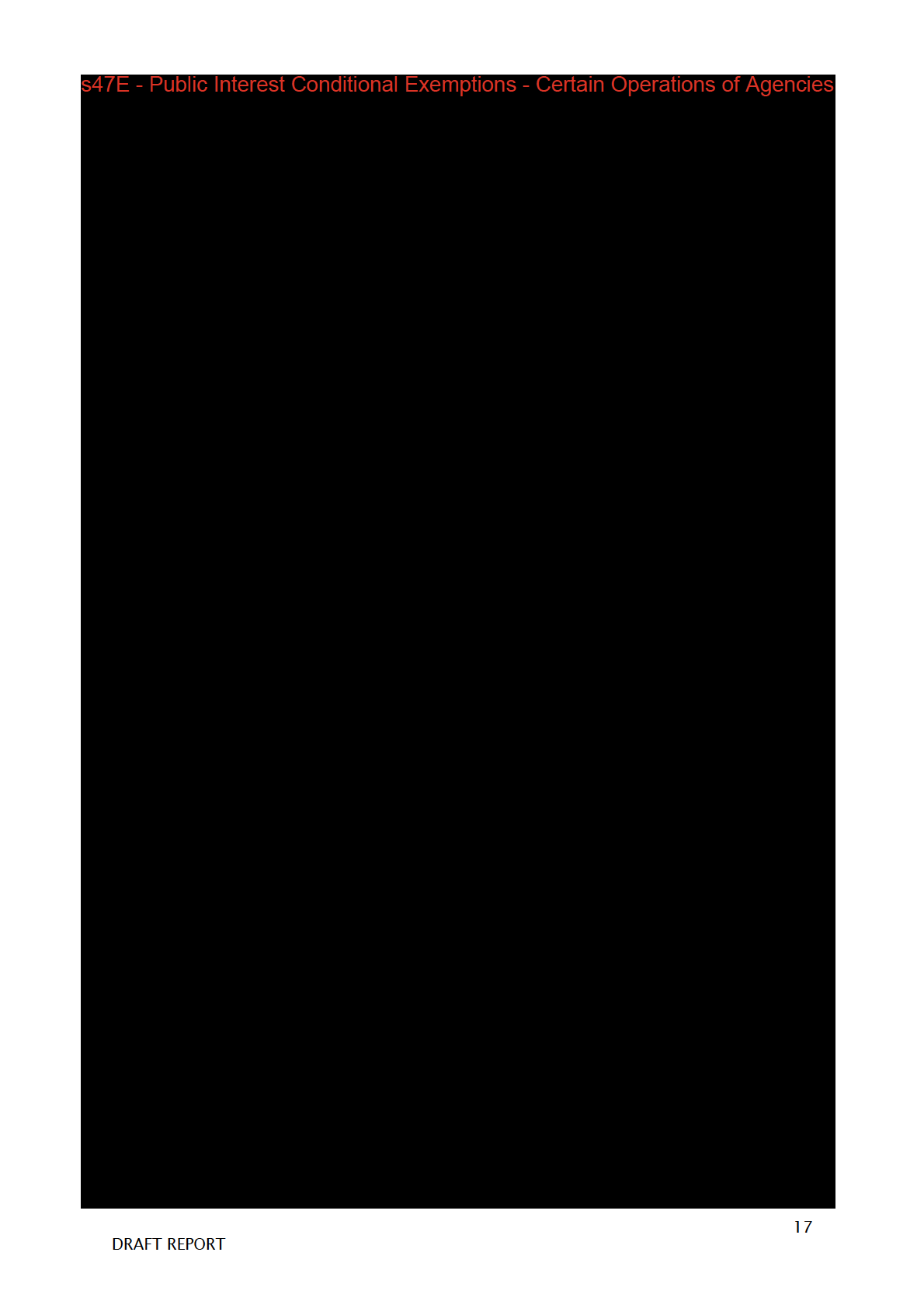
s47E - Public Interest Conditional Exemptions - Certain Operations of Agencies
18
DRAFT REPORT
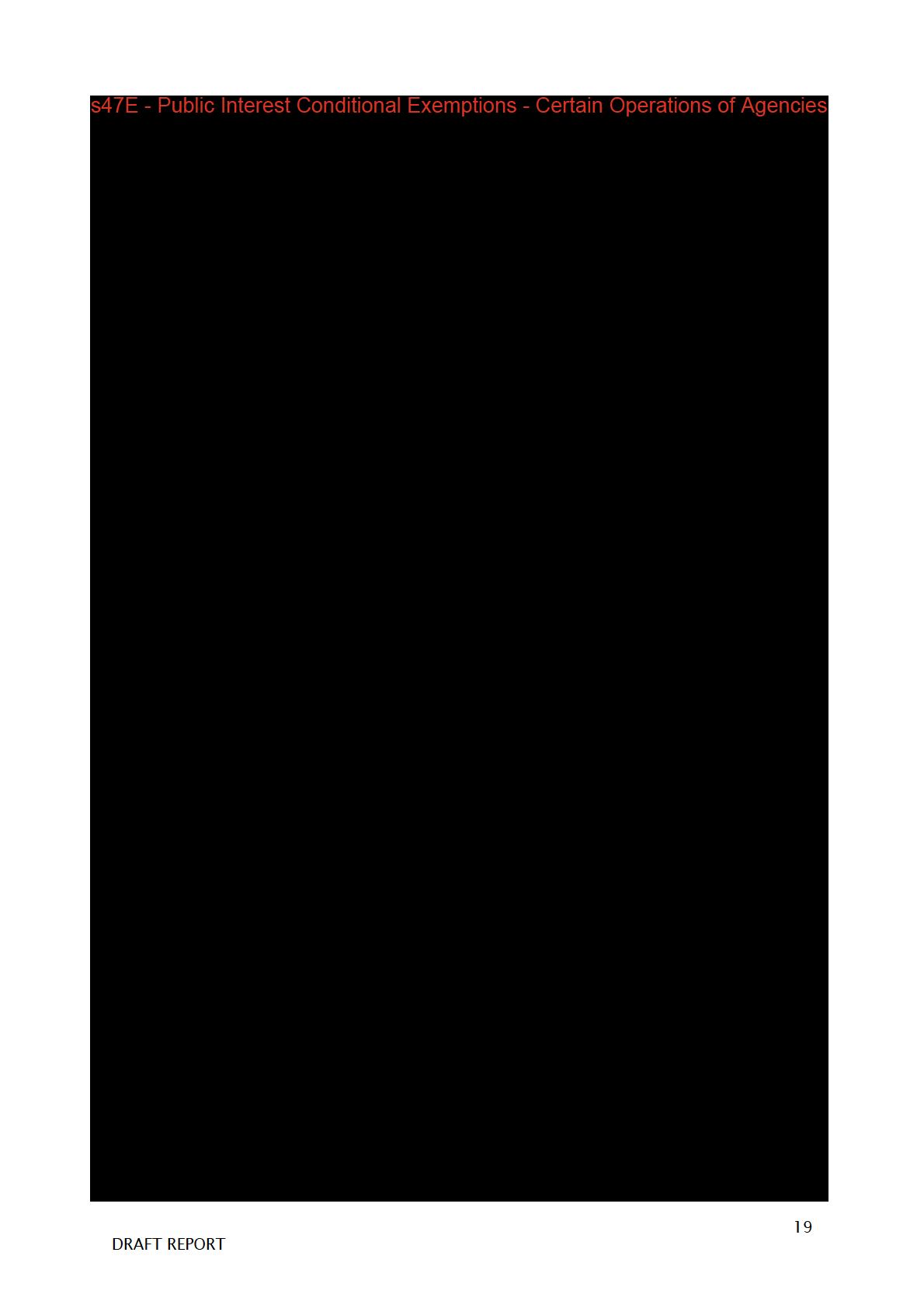
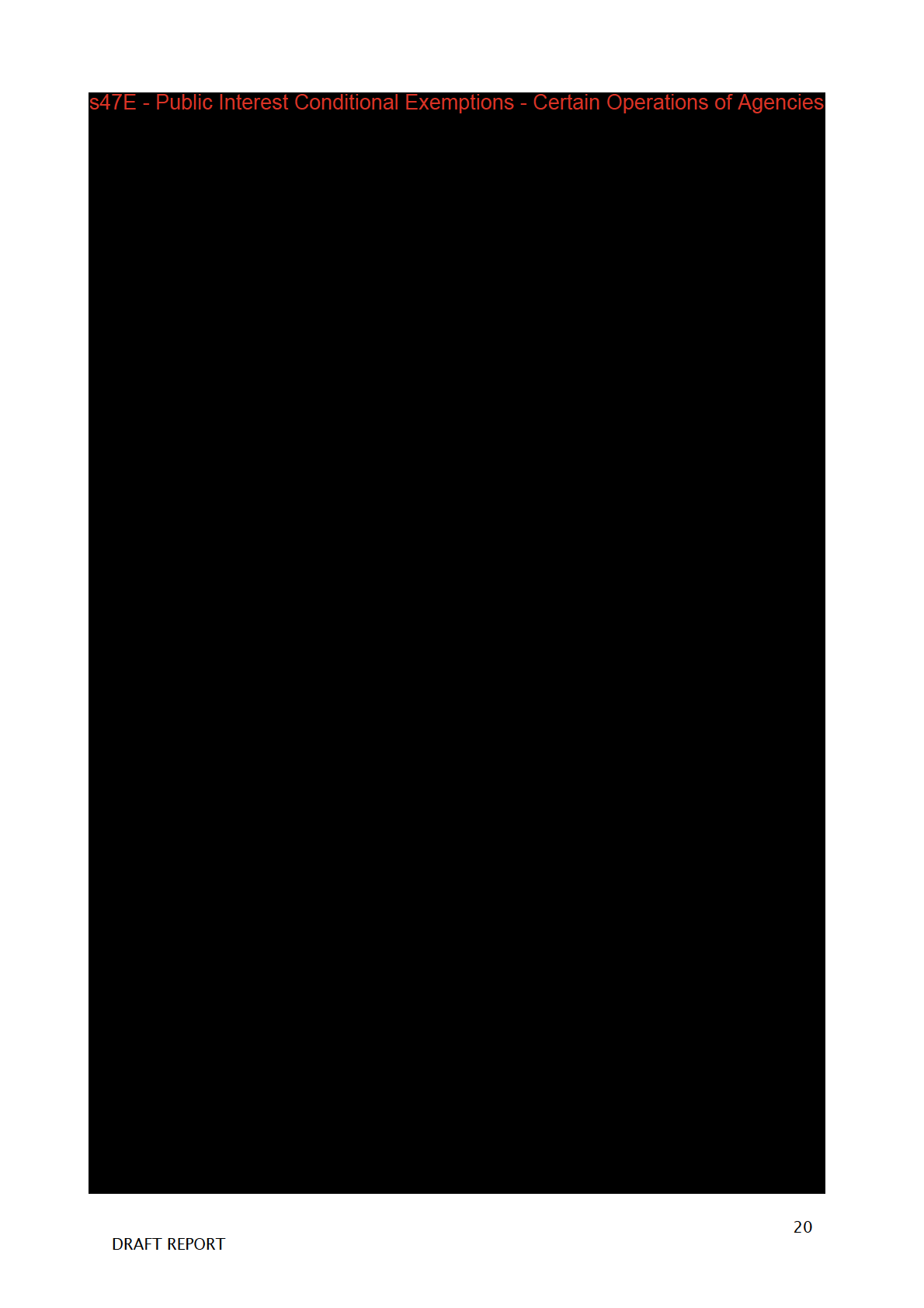
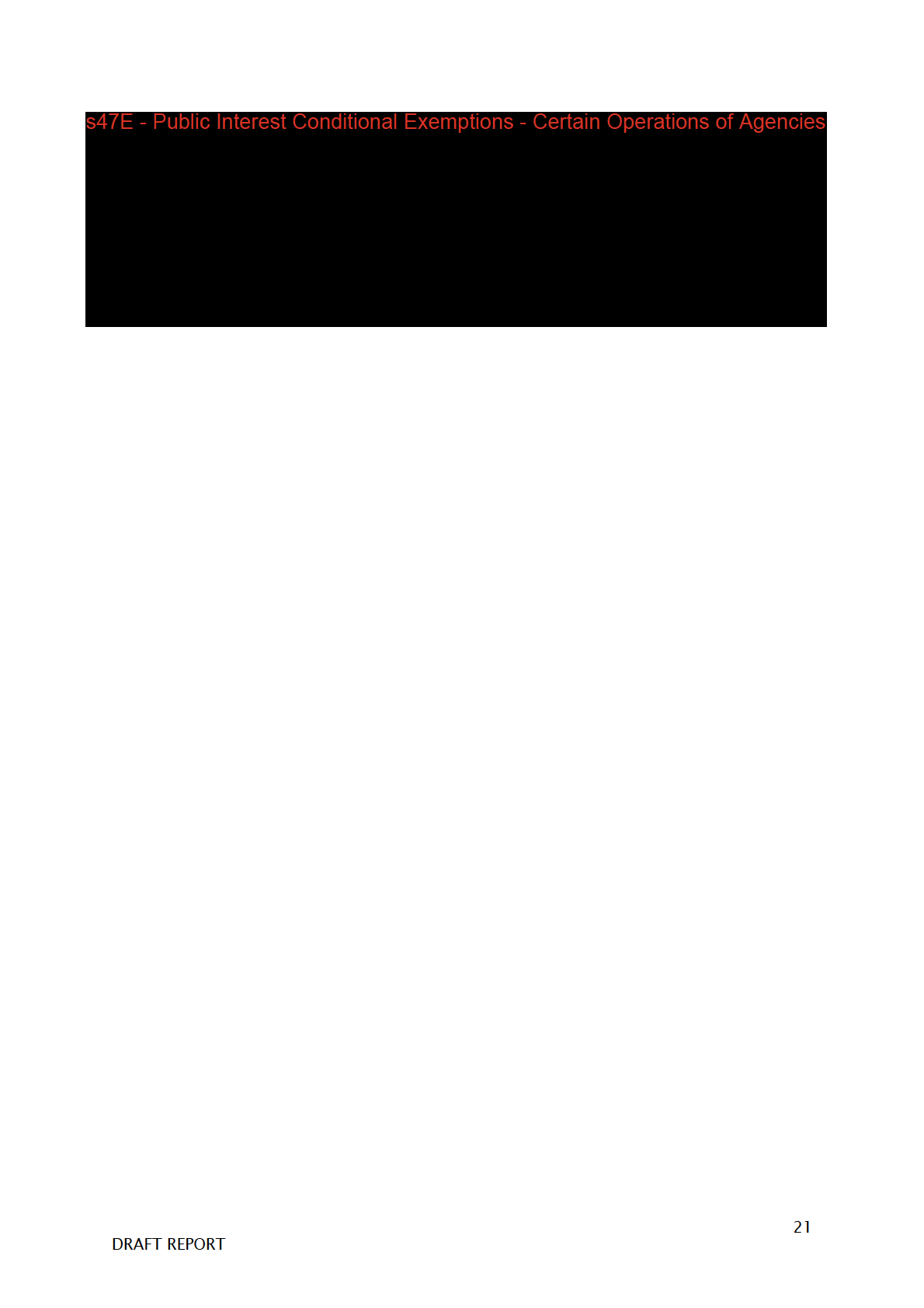
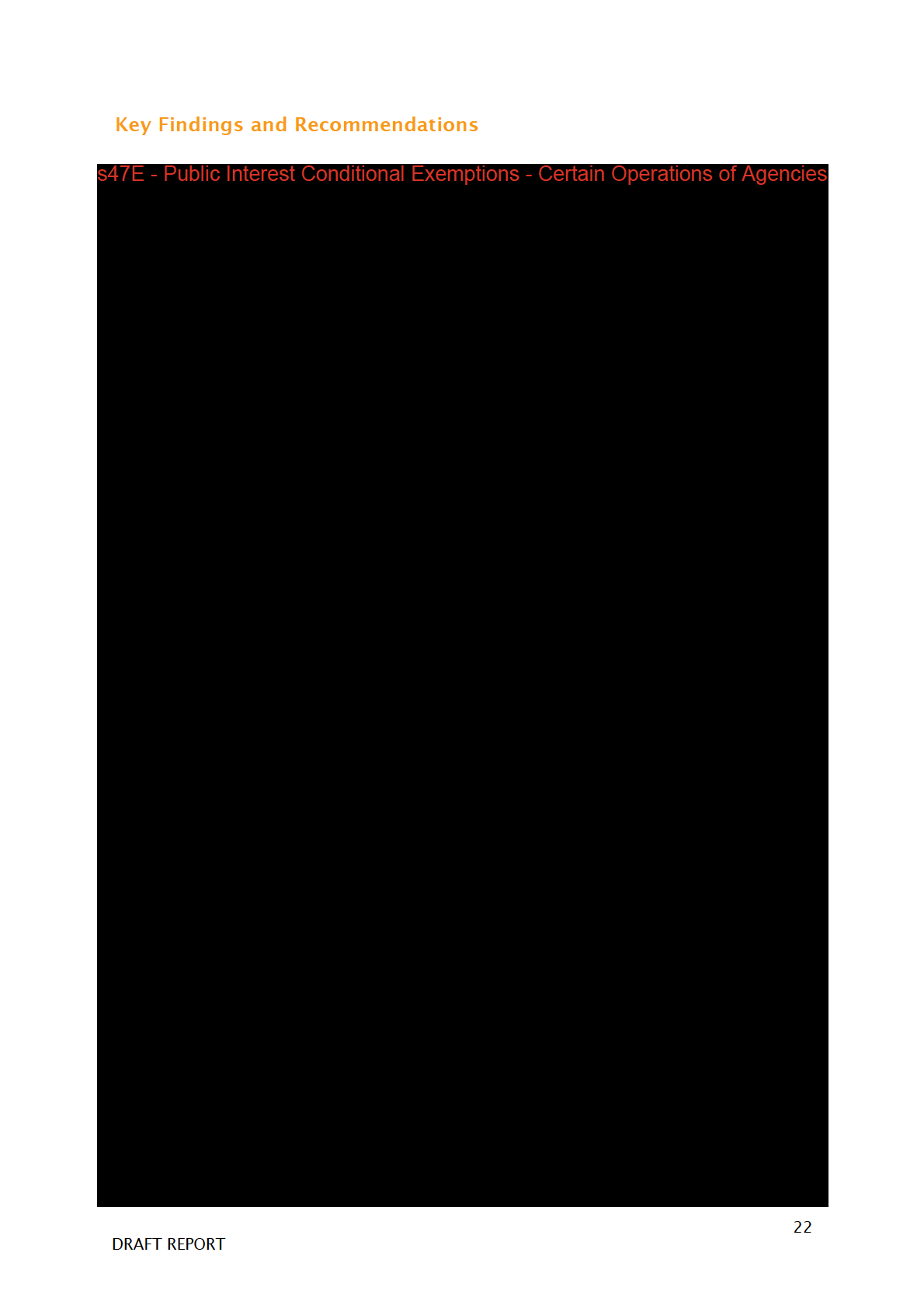
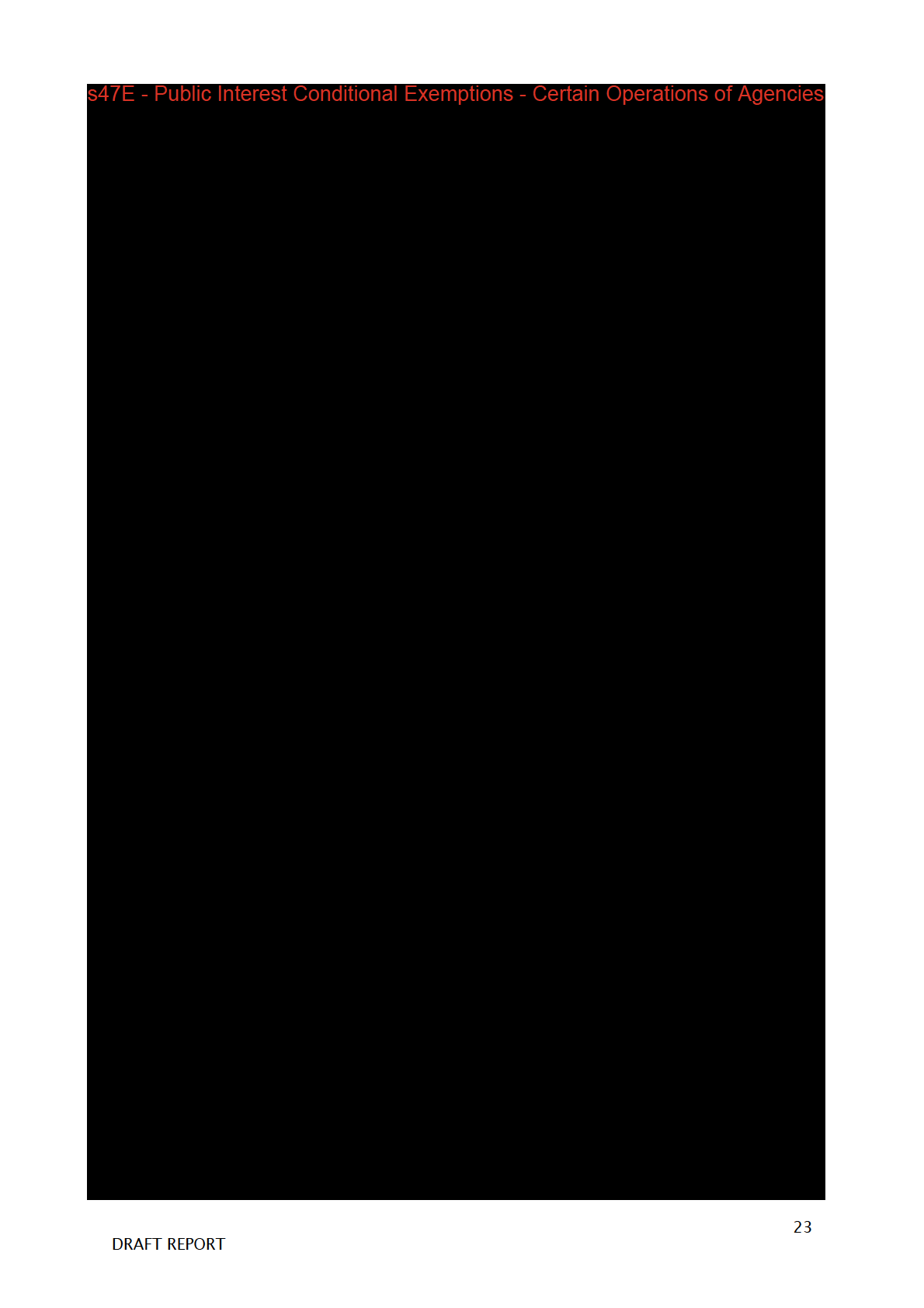
s47E - Public Interest Conditional Exemptions - Certain Operations of Agencies
24
DRAFT REPORT
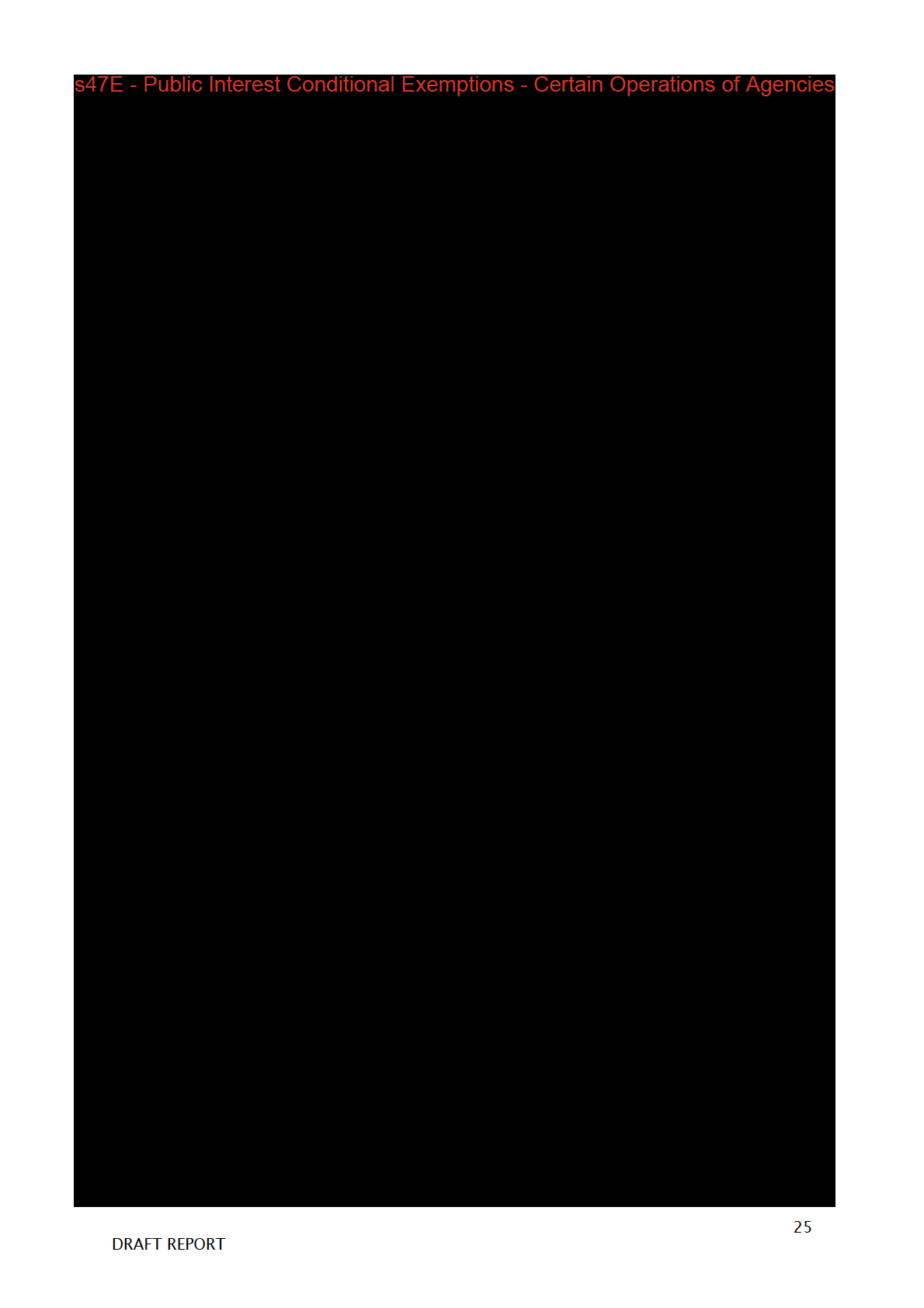
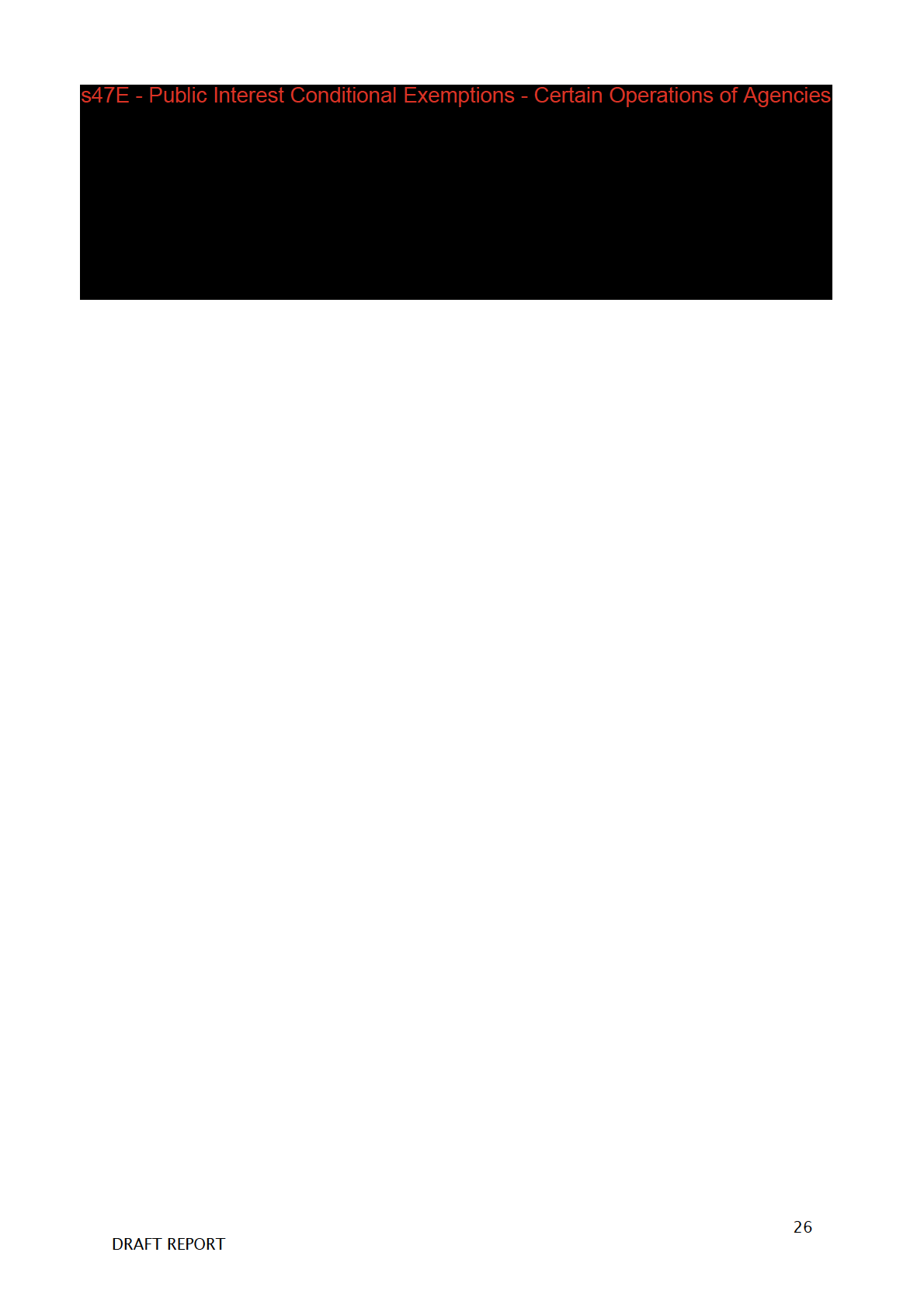
Appendix 1– Terms of Reference
TERMS OF REFERENCE
The Australian National University (‘University’) requires a comprehensive investigation into
two separate but related matters within the National Computational Infrastructure (NCI) in
regard to workplace practices, communication and culture.
An investigation is needed to determine if there is sufficient evidence to proceed under the
ANU Enterprise Agreement 2017 – 2021 (ANU EA) and policy framework with a performance,
misconduct or serious misconduct process against any of the individuals involved in the two
incidents outlined below.
s47E - Public Interest Conditional Exemptions - Certain Operations of Agencies
This is a fact finding investigation to assist with identifying workplace cultural issues related to
staff behaviours and compliance with ANU policy. A comprehensive review of compliance with
Work Health and Safety requirements in this business area is also required.
The investigation is to be commenced in the next 14 days and the University is seeking an
expedited process to conclude as soon as is practicable.
Scope
The independent Investigation Officer will interview relevant staff (list to be provided) and
undertake a review of documentation including but not limited to relevant University’s
industrial instruments, policies and procedures, including:
• ANU Code of Conduct;
• ANU Enterprise Agreement (as applicable);
• Performance Based Employment Contracts;
• Procedures: Prevention of Discrimination, Harassment and Bullying Policy, Probation;
• Policy: Work Health and Safety;
• Work Health and Safety Chapter Handbook requirements;
1 Further information on the University’s incident investigation process is available at link
https://services.anu.edu.au/human-resources/health-safety/whs-management-system-handbook/chapter-43-
incident-investigation
27
DRAFT REPORT
• Figtree safety incident notifications
• Figtree hazard notifications
• Email correspondence;
• Text message correspondence;
• Internal messaging system correspondence.
Objective
The independent Investigation Officer will need to review relevant information, undertake
fact finding actions and conduct interviews with relevant University staff and ex- staff
members to determine whether any staff member involved in these incidents has engaged
in (or been subject to) serious misconduct in his or her employment with the University or
breached any Universities policies or conditions of employment.
s47E - Public Interest Conditional Exemptions - Certain Operations of Agencies
A copy of the final report will be submitted to the Chief People Officer, Ms. Kate Witenden.
The review is confidential and all parties are expected to maintain confidentiality
throughout the process.
Guy Hargreaves, Manager Employee Relations is the nominated contact officer and is
available to provide any further information and can be contacted on s47F - Public Interest Conditional
Exemptio o r
at xxxxxxxx.xxxxxxxxx@xxx.xxx.xx.
28
DRAFT REPORT











